SC ENCYCLOPEDIA: South Carolina’s lighthouses
S.C. Encyclopedia | South Carolina’s 180-mile coastline is replete with bays, inlets, and harbors. To assist shipping and aid navigation, lighthouses and beacons have dotted the South Carolina coast for centuries. The earliest warning lights were probably bonfires lit to aid ships entering the harbor at Charleston. South Carolina’s first lighthouse, built in 1767, stood on Middle Bay Island (now a part of Morris Island) in the Charleston harbor.


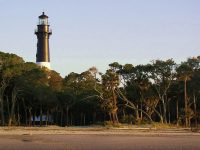

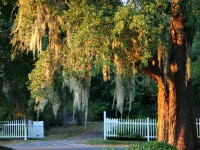
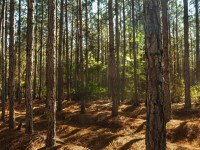

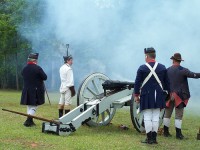

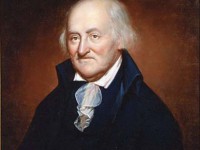

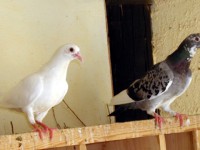

 We Can Do Better, South Carolina!
We Can Do Better, South Carolina!

























Recent Comments